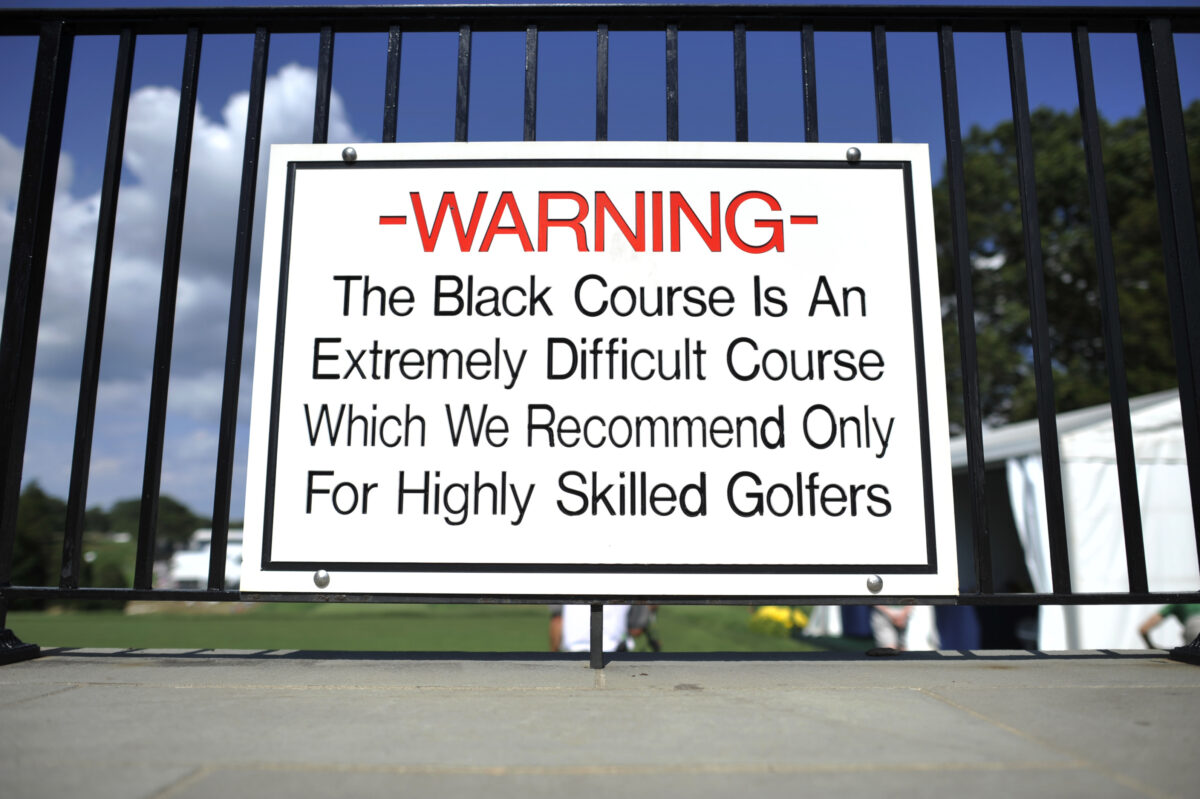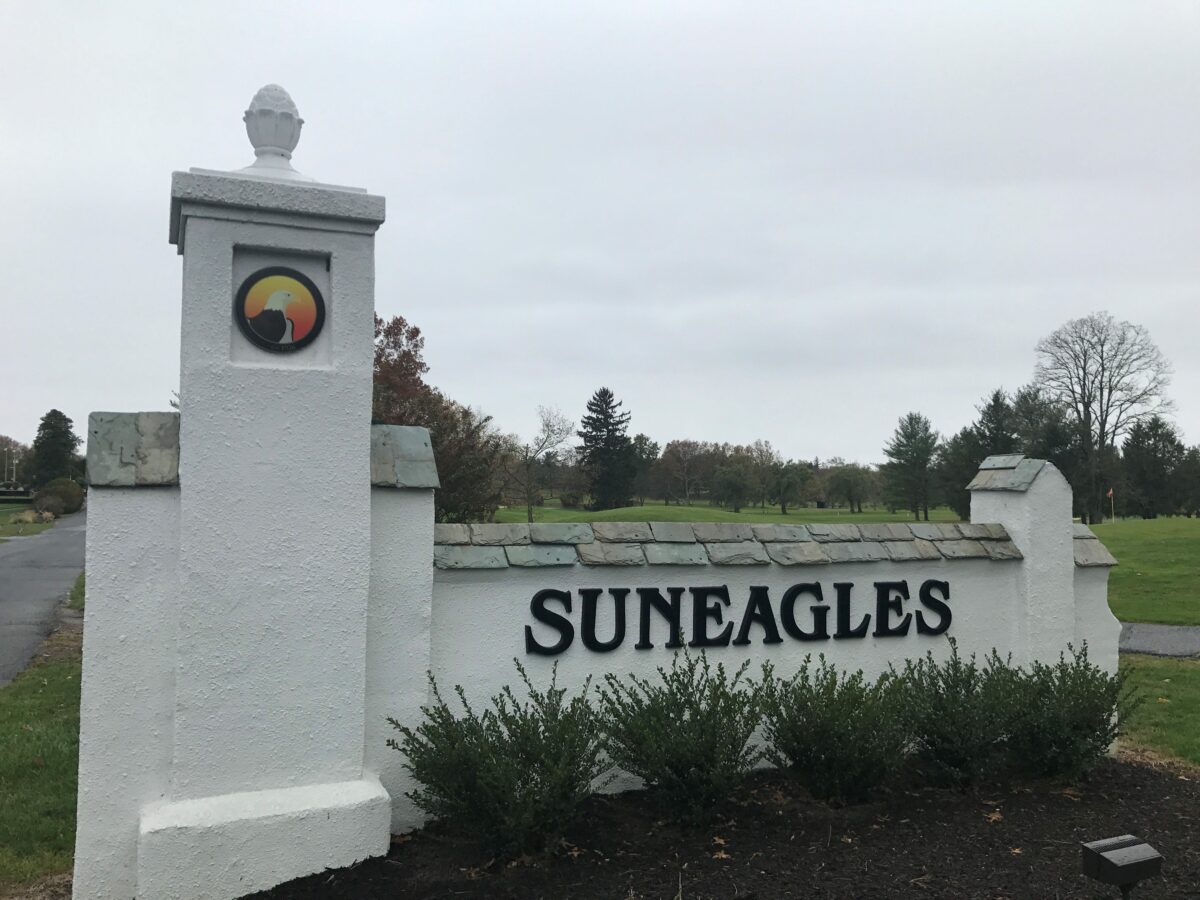ERIE, Pa. — Citing a lack of financial resources, equipment and expertise, as well as the challenge of finding someone to operate it, Millcreek Township supervisors are attempting to sell the Erie Golf Club.
In a petition filed Oct. 20 in Erie County Common Pleas Court, the township is asking to sell the 18-hole course at 6050 Old Zuck Road to a private entity after the 2024 golf season.
“We’re not equipped to be in the golf course business,” Supervisor Kim Clear said. “We would like to sell the property so that we can invest that money into the already existing parks and recreation programs that we have.”
The township acquired the 160-acre course at 6050 Old Zuck Road in 2009 from the city of Erie as part of an agreement that allowed for the runway expansion of the Erie International Airport. In exchange for Erie Golf Club, the township gave up a portion of the now-six-hole Millcreek Golf & Learning Center at 3100 W. 17th St. A portion of the property was used to extend the airport’s runway.
But being in the golf-course business, Clear said, has not reaped many rewards. A private company can buy the course and run it properly, she said.
“Most municipalities in the commonwealth and throughout the nation have not found that they’re getting the return on the investment in it that they had hoped,” she said.
The petition was filed pursuant to a state law known as the Donated or Dedicated Property Act, which requires municipal governments to maintain the use of certain donated properties according to deed restrictions.
‘Continued viability’
Supervisors argue that the township is unable to meet the requirements of maintaining the property as a golf course and that it would be better served in the hands of a private company.
“The petitioners lack of knowledge and experience in operating and maintaining an 18-hole golf course — combined with the significant challenges it already has experienced and will continue to experience attempting to find an operator who would be willing to maintain and operate the golf course under a lease contract arrangement — threatens the continued use of the property as a golf course,” attorney Mark Shaw wrote in the petition. “A sale of Erie Golf Course would ensure the continued viability of the golf course in a manner consistent with the existing deed restrictions in place, but relieve (Millcreek Township) of the financial and administrative burdens that it has experienced since owning the golf course and eliminate the risk of failing to find a suitable operator for the golf course, which would impose more significant costs and burdens that petitioner is not equipped to assume.”
The township expects that it will incur at least $1.25 million in capital improvement costs at the course and another $1 million in equipment replacement costs over the next decade if the course is not sold. The course already operates at a loss for the township.
All the equipment used to maintain the course is provided by the operator. All of the equipment donated from the city to the township as part of the property swap in 2009 became unusable in 2019.
Supervisors also list the difficulty of finding a management company to operate the course, citing the previous operator’s decision not to renew its lease in 2019 and the township’s inability to attract more than one qualified course operator thereafter.
Designed in part by World Golf Hall of Famer A.W. Tillinghast, the Erie Golf Course was established in 1921. It is currently operated by 7637 Enterprises.
Clear said that if the township is permitted to sell the golf course it would then have the property appraised in order to set an asking price.
Matthew Rink can be reached at mrink@timesnews.com.
[lawrence-related id=778308556]
[lawrence-auto-related count=1 tag=2184]




